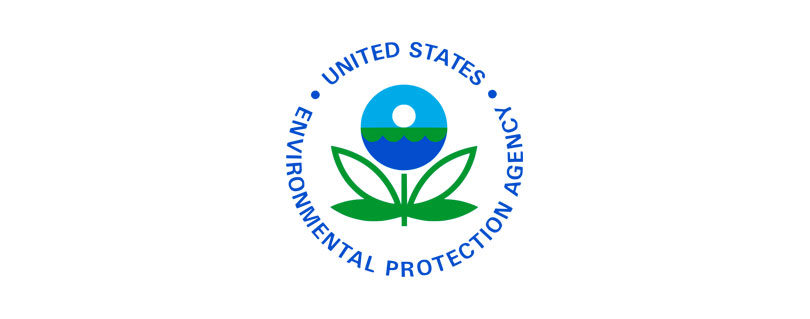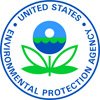Biden-Harris Administration Announces More Than $950,000 for Four Community Air Pollution Monitoring Projects in Nevada
Publilshed by the U.S. Environmental Protection Agency (EPA)
SAN FRANCISCO – Today, the U.S. Environmental Protection Agency (EPA) has selected four entities to receive more than $950,000 in grant funding to conduct community air quality monitoring in Nevada. The grants are among 132 air monitoring projects in 37 states that will receive $53.4 million from President Biden’s Inflation Reduction Act and American Rescue Plan to enhance air quality monitoring in communities across the United States. The projects are focused on communities that are underserved, historically marginalized, and overburdened by pollution, supporting President Biden’s Justice40 Initiative.
“This funding will enhance air quality monitoring in and around underserved communities in Nevada and provide scientific information needed to better understand and address impacts from air pollution,” said EPA Pacific Southwest Regional Administrator Martha Guzman. “EPA is proud to support efforts at the local level to monitor air quality and promote monitoring partnerships between communities and tribal, state, and local governments.”
The grant recipients and projects in Nevada are:
- Washoe County District Health Department ($213,204): The Department will establish a new air monitoring station in the western portion of Reno in Verdi to fill a spatial gap in the existing ambient air monitoring network where the highest concentrations of particulate matter in the County typically occur during interstate transport wildfire smoke episodes.
- Shoshone Paiute Tribes of Duck Valley ($99,985): The Tribes are proposing to create a first-ever air quality monitoring system on the Reservation. The project will provide data the Tribes need to develop policies and practices to preserve or enhance environmental quality on the Reservation.
- Fort McDermitt Paiute-Shoshone Tribe ($493,802): The Tribe is planning to establish air quality monitoring for the Reservation to address pollutants from known sources due to historic mining, wildfires, agriculture and vehicles plus planned and currently permitted mining in the Quinn River Valley.
- Fallon Paiute Shoshone Tribe ($150,000): This project will focus on monitoring for particulate matter (PM10 and PM2.5). Gathering data will not only be valuable to the community but will also portray the severity of the unhealthy air quality as it changes due to increasing wildfires.
Nevada will also benefit from a $499,922 grant to the Hispanic Access Foundation for a project to measure PM2.5 concentrations at 12 heavily populated Latino sites in five states, including in Henderson, Nevada. The project will raise awareness and improve understanding of PM2.5 pollution in the communities and will empower these same communities to make adjustments in their daily lives and to advocate for change as needed.
“Nevada is facing worsening air quality as increased wildfires and carbon emissions pollute our air,” said Senator Jacky Rosen. “I’m glad to announce Nevada will be receiving almost $1 million in federal funding to help Nevada’s communities better monitor air quality levels, address threats to worsening air quality, and help keep our air clean.”
“I’m proud to champion efforts to improve our air quality because reducing air pollution can be the difference between life and death. This funding, made possible by the American Rescue Plan and Inflation Reduction Acts which I supported, will enhance air quality monitoring in communities that are underserved and historically marginalized,” said Congresswoman Dina Titus.
The air pollution monitoring projects are made possible by more than $30 million in Inflation Reduction Act funds, which supplemented $20 million from the American Rescue Plan and enabled EPA to support 77 additional projects, more than twice the number of projects initially proposed by community-based nonprofit organizations, state and local governments, and tribal governments.
These grant selections further the goals of President Biden’s Justice40 Initiative and Executive Order, Tackling the Climate Crisis at Home and Abroad, which directed that 40 percent of the overall benefits of certain federal investments flow to overburdened communities that face disproportionately high and adverse health and environmental impacts. By enhancing air monitoring and encouraging partnerships with communities, EPA is investing in efforts to better protect people’s health, particularly those in underserved communities.
EPA will start the process to award the funding by the end of 2022, once the grant applicants have met all legal and administrative requirements. Grantees will have three years to spend the funds from the time EPA awards the grants.
See the full list of applications selected for award.
Background
In spring 2021, Congress passed the American Rescue Plan, providing EPA with a one-time supplemental appropriation of $100 million to address health outcome disparities from pollution and the COVID-19 pandemic. Half of that $100 million, was dedicated to air quality monitoring. EPA Regions began awarding nearly $22.5 million from this appropriation in 2022 as direct awards to state, tribal, and local air agencies for continuous monitoring of fine particle and other common pollutants. In addition, EPA Regions are in the process of procuring monitoring equipment using $5 million in American Rescue Plan funding to advance the EPA Regional Offices’ mobile air monitoring capacity and establish air sensor loan programs. . These investments will improve EPA’s ability to support communities that need short-term monitoring and air quality information.
In July 2021, EPA announced the $20 million American Rescue Plan Enhanced Air Quality Monitoring for Communities Grant Competition. The goal of this competition was to improve air quality monitoring in and near underserved communities across the United States, support community efforts to monitor their own air quality, and promote air quality monitoring partnerships between communities and tribal, state, and local governments. EPA received more than 200 applications in response to the competition.
The Inflation Reduction Act of 2022 provides funding to EPA to deploy, integrate, support, and maintain fenceline air monitoring, screening air monitoring, national air toxics trend stations, and other air toxics and community monitoring. Specifically, the Inflation Reduction Act provides funding for grants and other activities under section 103 and section 105 of the Clean Air Act. EPA is using approximately $32.3 million of this funding to select 77 high-scoring community monitoring applications.
Read the full article at: https://www.epa.gov/newsreleases/biden-harris-administration-announces-more-950000-four-community-air-pollution



